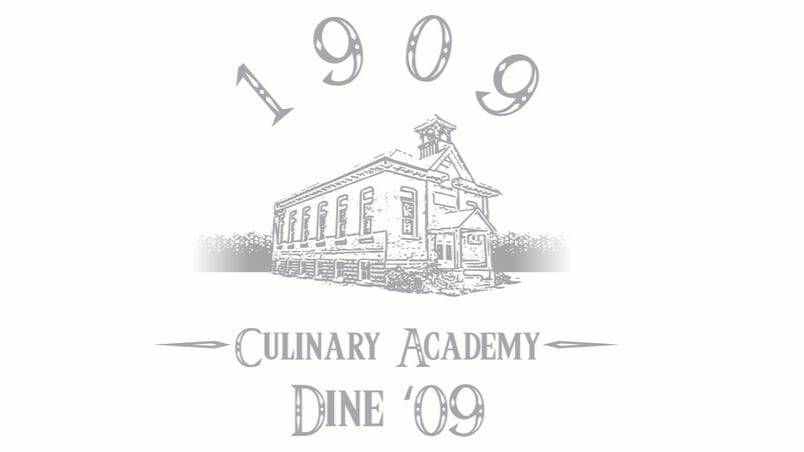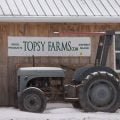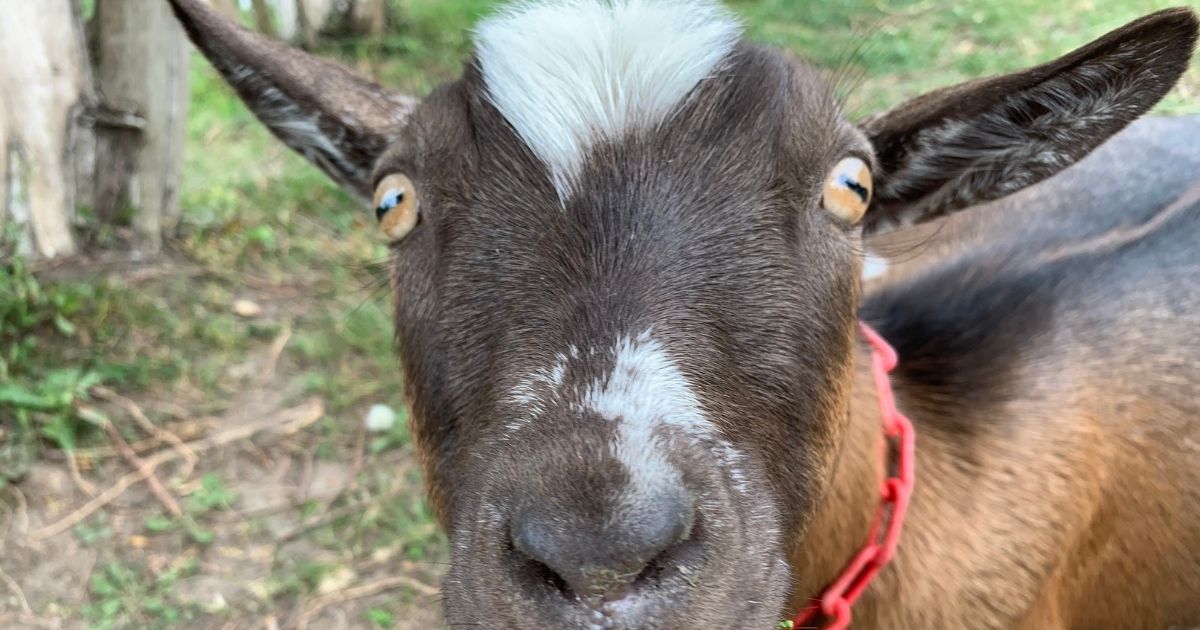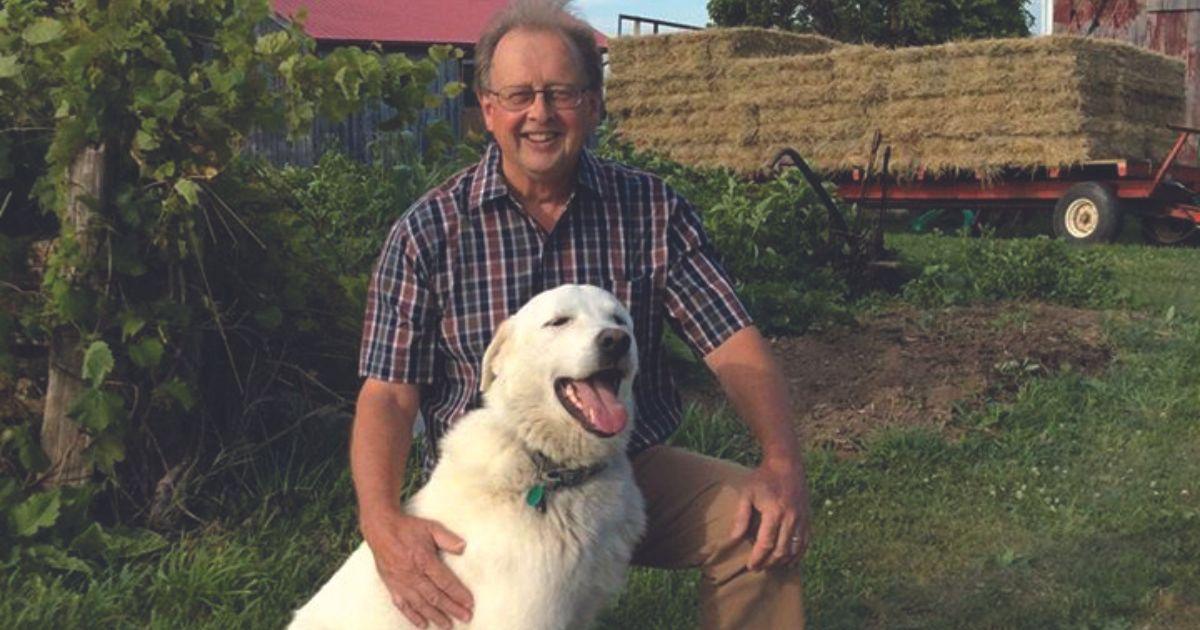When I was a kid, we’d frequently pass through Ayr on our way from Paris, Ontario. It was a zigzag left-right turn off the appropriately named Swan Street, past the laundromat with big bubbles on its sign. Just after the Little Short Stop variety store, my dad would slow the Cutlass Supreme so we could look for the swans that were always skimming the surface of the storybook Watson Pond.
In 1973, Ayr was amalgamated into North Dumfries Township, part of the regional municipality of Waterloo. Living in nearby West Galt (Cambridge) for several years as an adult, I watched Ayr “grow up,” too, as the sweet rural village of century homes along the Nith River expanded into an affordable bedroom community. The downtown became spirited by independent businesses, enterprising chefs and design shops. Now? Ayr has become a hot spot for entrepreneurs opening shared-space brew pubs and culinary schools.
GPS
In 1798, Colonel Joseph Brant of Six Nations sold a parcel of land to Philip Stedman for a tidy 8,841 pounds. William Dickson, a visionary from Dumfries, Scotland, bought the prime real estate from Stedman in 1816, recognizing the potential of the Nith and Cedar Creek. In 1817, there were 38 families (163 people) living on Dickson’s tract of land. John Telfer was hired by Dickson to encourage Scottish immigration, and by 1832, every plot in Dickson’s tract was filled. Abel Mudge had built a dam and the mills that became the namesake of the Mudge’s Mills settlement.
Originally, Ayr was comprised of three settlements: Mudge’s Mills, Jedburgh and Nithvale. In 1840, a merge occurred with a new post office designation. Many Scots had settled in the area, and the name Ayr—also the name of a town in Scotland known for its skinners, fleshers, weavers and dyers—was a logical choice for the amalgamation. The name Ayr had also been traced back to a pre-Celtic word meaning “watercourse” or “strong river.”
By 1846, the population of Ayr was 230. According to Smith’s Canadian Gazetteer, there were two churches, a post office, a mill, a carding machine, a tannery, a cooper, two shoemakers, two tailors and two stores. Ayr was booming!
A foundry, John Watson Manufacturing Company (which later became Ayr Machinery Works), was built, producing threshing, mowing, reaping and farm implements. In just three years, Ayr’s population tripled to 700. A town hall and fire department were established in 1850, followed by a newspaper in 1854.
A road had been built to Galt in 1850 for goods from the flour and woollen mill to be delivered by ox cart to the railway there. By 1879, the Credit Valley Railway line opened in Ayr. Progress was fast and furious: coal lamps lit the streets in 1888, and concrete sidewalks were poured in 1901. When the stately Carnegie library was built in 1909, Ayr was an enviable place to call home.
Hollywood
Film producers have latched onto the area because of its historical homes and heritage feel. Murdoch Mysteries and the 2016 Stephen King miniseries 11/22/63 (starring James Franco) were shot there. Many residents will also brag about Sharon Stone and Dennis Quaid gracing their streets during the filming of Cold Creek Manor (2003).
For fans of HGTV’s Masters of Flip, here’s something you probably didn’t know: Kortney Wilson is from Ayr! The former solo music artist met her now-husband and fellow Canadian Dave Wilson in Nashville, and in 2006 they began performing as The Wilsons. They unplugged their amps and music career to buy, renovate and flip houses, the premise of their television program.
Ayr is also the hometown of two-time Stanley Cup winner Kyle Clifford, a left winger with the L.A. Kings.
Here are a few other things you probably don’t know existed in Ayr—and they are all reasons why Harrowsmith loves this little town on the Nith.
Ayr Ice House and Creamery
Intersection at 22 ‘E’ Northumberland St. and 18 Tannery St.
 The ice house was built by William Baker in 1860 for ice storage, and a cooling house was added in 1884. The land was originally owned by James Piper and was purchased by Baker in 1855. Baker’s eggs, butter and other goods were preserved by the harvested ice while butter sourced from local farmer’s milk was produced in the creamery on the base floor. The Galt Reporter claimed that the Ayr Ice House & Creamery stored 50,000 pounds of butter before export to the British Market.
The ice house was built by William Baker in 1860 for ice storage, and a cooling house was added in 1884. The land was originally owned by James Piper and was purchased by Baker in 1855. Baker’s eggs, butter and other goods were preserved by the harvested ice while butter sourced from local farmer’s milk was produced in the creamery on the base floor. The Galt Reporter claimed that the Ayr Ice House & Creamery stored 50,000 pounds of butter before export to the British Market.
Over 20 years later, in 1906, the ice house was renamed Nithside Creamery by David McColl, owner of McColl’s General Store. Referred to as The Ayr Creamery from 1912 to 1918, the ice house was purchased by William Alexander Ramsay and Frederick Robinson in 1918. In 1937, G.H Lawrence purchased the building and it became G.H Lawrence’s Bakery, providing baking products to the village of Ayr for 32 years.
The two-and-a-half-storey stone-and-brick masonry structure with a wooden sloped gable roof and three voussoir windows is iconic. It’s the last brick two-storey building of its type left in Ontario. Typically, ice houses were rectangular, not square, yet the Ayr Ice House is 27 by 27.1 feet. The foundation walls are over 5.5 metres (18 feet) thick and made of rubble stone, while the upper walls are brick with an exterior coat of cement parging and rubble stone. Sawdust was used in the walls of the ice house, and remnants of whitewash used to reflect heat can be seen in early photos of the house. Twenty plaster markings on the outside of the building indicate where support tongs were used to lift the ice into the building.
Weather and age took its toll on the ice hut, which was sold to Purity Flour Mills in 1958. The roof caved in and the lintels were in dire need of repair. A $1,500 engineering study (financed by the Architectural Conservancy of Ontario) led to the 2016 proposal for the ice house’s heritage designation under the Ontario Heritage Act.
1909 Culinary Academy
5183 Trussler Rd.
Suitably, the old schoolhouse on Trussler Road has been transformed into a culinary institute. Though the original school officially closed in 1965, it was still used for community events. Reborn 110 years later, the schoolhouse is now Canada’s first chef training facility with a focus on agriculture, where primary pencils are now being traded in for cutting boards and knives.
 The academy is headed by executive chef Murray Zehr, who has owned and operated eight restaurants and was involved with the Food Network’s Chopped Canada TV series. He has sliced and diced for the high-profile likes of Prince Charles, Gordon Ramsey and Emeril Lagasse. His entrepreneurial roots will come as no surprise: his grandfather was Clifford Zehr, founder of Zehrs supermarkets.
The academy is headed by executive chef Murray Zehr, who has owned and operated eight restaurants and was involved with the Food Network’s Chopped Canada TV series. He has sliced and diced for the high-profile likes of Prince Charles, Gordon Ramsey and Emeril Lagasse. His entrepreneurial roots will come as no surprise: his grandfather was Clifford Zehr, founder of Zehrs supermarkets.
At the 1909 Culinary Academy, the rural location allows for a hands-on approach for burgeoning chefs. On the one-acre property, students learn to grow their own menu and cultivate vital skills in row gardening, greenhouse stocks, raised beds, vertical gardens and aquaculture. The organic beef, lamb, pork and poultry used is all remarkably raised within a mile or two.
Students learn how to use the on-site wood-fired pizza oven and smoker, develop their cheesemaking and butchery skills and practise southern barbecue techniques (mops and sauces), as well as have a hand in charcuterie and sausage making. Participants in the academy’s Block 1 program can consider completing Block 2 at the Island Steeple Culinary Academy in Prince Edward Island.
For dabblers and weekend sous chefs, Murray Zehr has designed part-time classes and camps for all ages and palates, from a taco day camp for kids to a Travel to Thailand class with green curry and rice wraps on the menu.
the1909culinaryacademy.ca
Willibald Farm Distillery and Kitchen
1271 Reidsville Rd.
 Built on the site of a former dairy barn, three whisky-loving university grads made Christine Sismondo’s “ice bucket list” in an August 2018 Toronto Star article. She suggested that Willibald be added to the radar of any discerning lister for the experience of a “smart cocktail at a hipster-ish bar, made with gin distilled on site, essentially in the middle of a farmer’s field.”
Built on the site of a former dairy barn, three whisky-loving university grads made Christine Sismondo’s “ice bucket list” in an August 2018 Toronto Star article. She suggested that Willibald be added to the radar of any discerning lister for the experience of a “smart cocktail at a hipster-ish bar, made with gin distilled on site, essentially in the middle of a farmer’s field.”
Cam Formica and brothers Jordan and Nolan van der Hyden have hit pay dirt with their daydream. They are all under 30, and their shiny toy is a German-made 1,000-litre (264 gallon) hybrid copper pot still where they distill gin. Willibald is actually the van der Hydens’ grandfather’s middle name, and the historically rooted art of distilling is their nod to Seagram, the pioneer distiller of the area.
Aged in American oak quarter casks, the firewater, made from 100 percent Ontario grains, is blended with cardamom and caraway with a grapefruit peel twist. Also made from 100 percent Ontario grains, the Winter Liquor is aged in ex-bourbon barrels and infused with fresh apples and winter spices. The trio hope to grow most of their own grains and have planted rye on the van der Hyden family farm, where 59 acres are currently undergoing “conditioning.” The hope is to become a certified-organic grain-to-glass distillery.
The kitchen now offers a made-from-scratch local menu with farmhouse-style dishes for two or four people, as well as “burger night” specials. Local support is obvious: on the distillery’s opening day, 600 people turned into their laneway. Now, that’s small-town spirit at its best!
drinkwillibald.com
The Lavender Farm
769 Drumbo Rd.
In 2011, former pig farmers Bob and Barb Gillies, planted 600 lavender plants, including ‘Grosso’, ‘Phenomenal’, ‘Hidcote’, ‘Seal Sachet’, ‘Melissa Lilac’ and ‘Violet Intrigue’ cultivars. The farm has been in Bob’s family bloodline since 1882. The couple began their farm career on the same land that Grandma and Grandpa Gillies tilled and toiled, with a few head of cattle before moving on to hogs. When the industry started to shift, Bob and Barb opened a barn equipment dealership in 1989, but in 2002 they opted to sell it all. Enter lavender and the smell of sweet success.
The 75-year-old heritage bank barn on the property is now an Instagram favourite and a familiar backdrop for couples saying “I do.” While the Gillies still operate a retail shop (open June to August, seven days a week), weddings have become the fruit of their labour. The old adage “Something old, something new, something borrowed and something blue” allows couples to scratch “blue” off their list as the rows of lavender steal the show. The couple have about 2,000 plants now, creating a little Provence in the middle of Ayr’s rolling fields of rye and corn.
While The Lavender Farm’s handcrafted soap is a popular take-home item, the classic Fresh Ayr Spray is made from the couple’s own hydrosol and is a geographically unique souvenir for road trippers. While some locals may suggest that the country air in Ayr leans more toward perfumed notes of manure, the Gillies suggest otherwise.
thelavenderfarm.ca
Faul Farms
1180 Wrigley Rd., RR 1
Established in 1957, Faul Farms Natural Fed Beef promises a product free of antibiotics, steroids, chemicals and nitrates. Ed Faul studied at the University of Guelph, and his degree in agricultural and rural development, animal and plant science is evident in his commitment to land stewardship and sustainable farming practices. Faul’s wife, Shirley, was a dedicated sprout and herb grower before meeting him. Together, they employ elements of the permaculture philosophy and a closed-loop symbiotic process to their farm. They grow all their own feed (hay and corn silage), use natural fertilizers and maintain chemical-free pastures. The closed cow-calf herd means no outside cows are introduced to the herd, resulting in a reduced need for antibiotics.
Operating now on “semi-retirement hours” (Thursday to Saturday, 11 a.m. to 5 p.m.), the couple sell rump roasts, all-beef summer sausage, porterhouses and products from their 100-mile partners, like raw-milk gouda, pumpkin butter, organic flour and turkey sausage.
faulfarms.com
Abe Erb at the Mill
143 Northumberland St.
End your Ayr tour with a refuel at Abe Erb at the Mill. After the original Abe Erb opened to huge fanfare in Waterloo, Ontario, in 2014, a second outpost popped up in nearby Kitchener. The newest location, in Ayr, is a continued ode to Abraham Erb’s Grist Mill, the first mill built in Waterloo (a replica of the 1816 mill was built in 1996 and is a celebrated spot for weddings). Abe Erb at the Mill is also a nod to the property’s roots as a feed mill and is a hip combination with Settlement Coffee Roasters (settlementco.ca). Both brands operate under one roof in the 2,800-square-foot space—the fourth location for the roasters.
Try Mudge’s Ale, an American brown ale with hints of caramel, toffee and chestnut warmed with spice and orange zest. It’s a tribute to Abel Mudge, and a fitting one. Pair it with my pick: The Craftsman, a 6 oz. Angus beef patty topped with brie, bacon onion jam, dill pickle, tomato, lettuce and roasted garlic aioli on a brioche bun.
Grab a Settlement Nitro Cold Brew to go or a bag of medium roast Vagabond, ready to grind for your next small-town adventure.
abeerb.com
Jules Torti’s work has been published in The Vancouver Sun, The Globe & Mail, travelife, Canadian Running and Coast Mountain Culture. With experiences as a canoe outtripper, outdoor educator, colouring book illustrator and freelancer, she is thrilled to be able to curate, write and read about the very best things in life.























